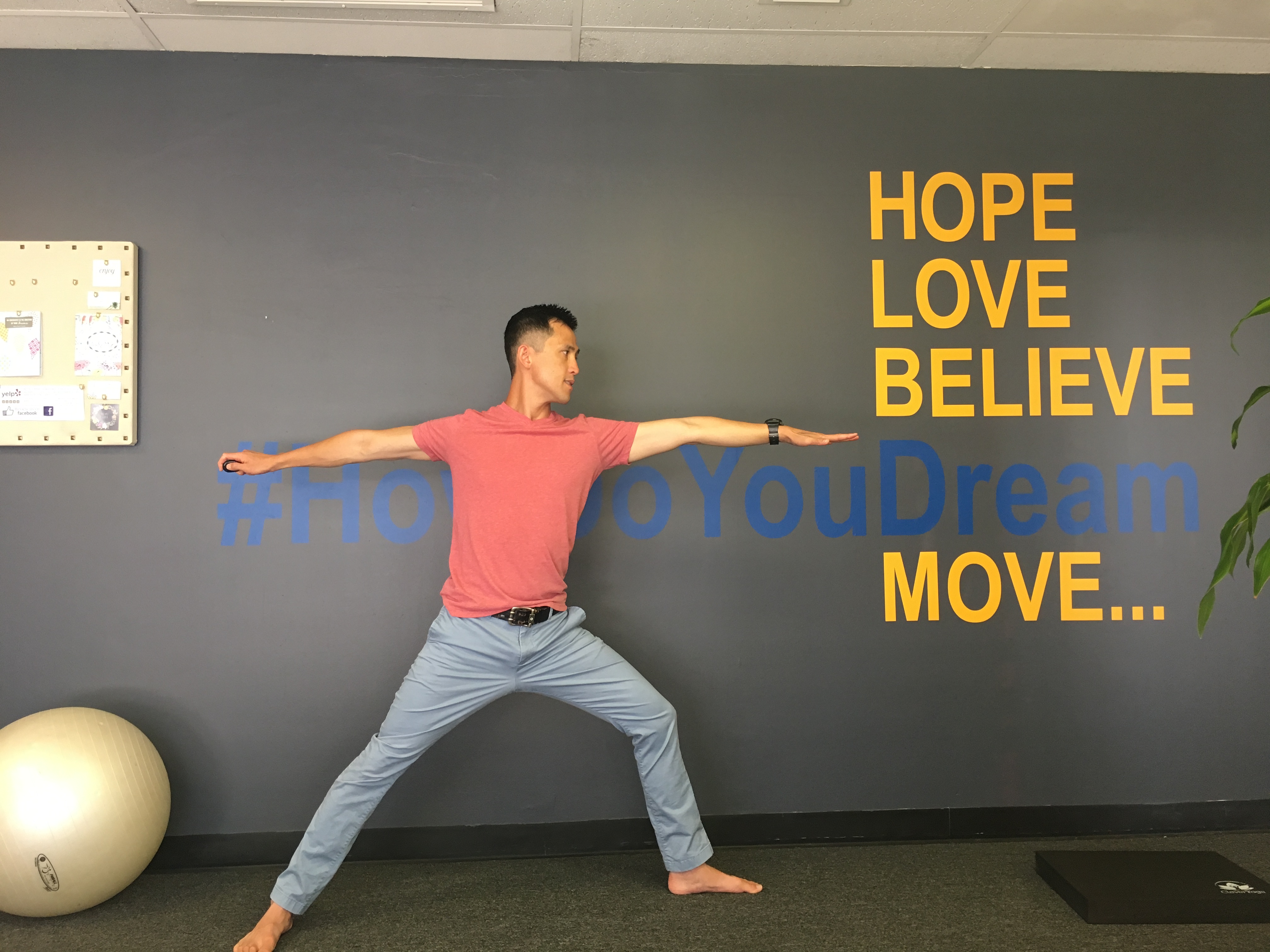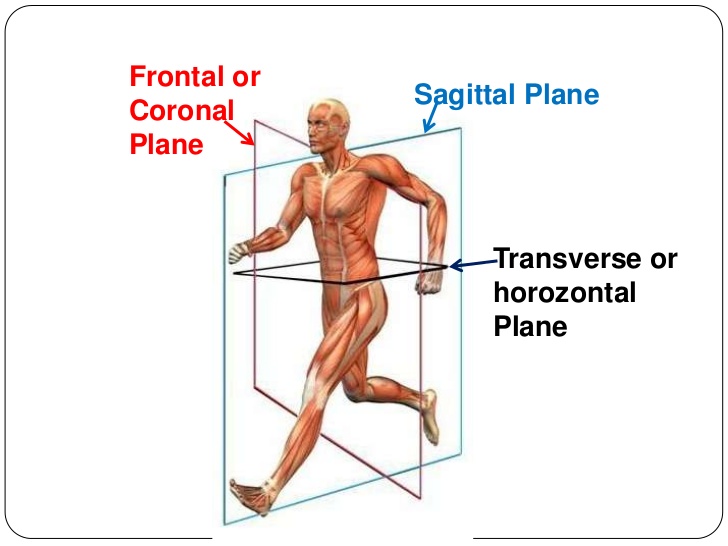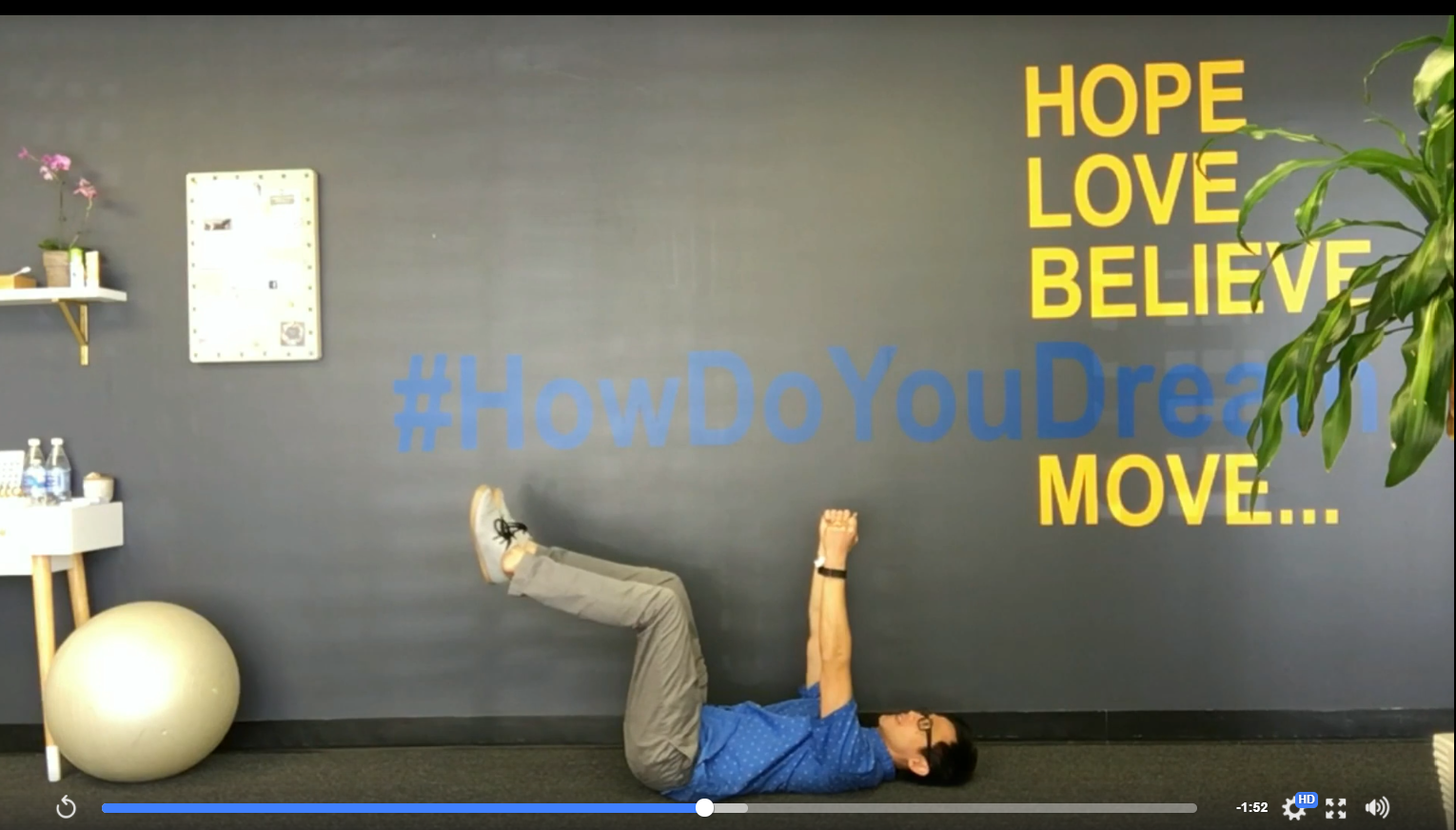 Everyone knows that exercise is important. Did you know that exercise impacts all but one system in your body? Exercise makes you look and feel younger. When you are in acute or chronic pain, there are no clear guidelines besides rest…and maybe more rest (until infinity and beyond). Okay. I have two children so I could not resist sneaking in Toy Story quotes. This article intention is to help you make a better decision since this is the one puzzling common theme when someone seeks medical expertise due to pain or not feeling good.
Everyone knows that exercise is important. Did you know that exercise impacts all but one system in your body? Exercise makes you look and feel younger. When you are in acute or chronic pain, there are no clear guidelines besides rest…and maybe more rest (until infinity and beyond). Okay. I have two children so I could not resist sneaking in Toy Story quotes. This article intention is to help you make a better decision since this is the one puzzling common theme when someone seeks medical expertise due to pain or not feeling good.
 The truth is that medical schools do not educate doctors on how to teach exercise prescription effectively. As a performance specialist and Doctor of Sports Physical Therapy, I have studied exercise intensely. There are three cohorts that might be able to help you when you are trying to learn how to exercise safely while in pain: ones that have done it themselves through trial and error, ones that have gone to school to learn how to do it, and ones that have experienced both.
The truth is that medical schools do not educate doctors on how to teach exercise prescription effectively. As a performance specialist and Doctor of Sports Physical Therapy, I have studied exercise intensely. There are three cohorts that might be able to help you when you are trying to learn how to exercise safely while in pain: ones that have done it themselves through trial and error, ones that have gone to school to learn how to do it, and ones that have experienced both.
Pain is scary and can cause you to second guess what you are doing, especially if your pain worsens over time. Guess what? When I first started, I was scared to help people in pain. I spent two years learning about it but when someone in front of you is saying it hurts, the normal behavioral response is to follow the Hippocratic Oath of “do no harm”. I gingerly tested my boundaries but stayed in the comfort zone. I see this in every aspiring physical therapy students that I mentored. My biggest growth was when I suffered back pain, had back surgery and helped myself to lift really heavyweights.
If you are faced with the question of “How do I exercise without getting worse?” or “What can I do while I am in pain?”, the best answer is to go to an expert within one of these 3 groups mentioned above.
The ideal category is to find an expert that has walked the walk and talked the talk.
The more specific you ask this question to an expert, the better I find the answer will be for you. An example is my uncle who is suffering from a disc herniation and is a champion bodybuilder. He needs to exercise to help his mind heal. He went to his medical doctor to hear that he cannot lift anymore. I told him to go to Physical Therapy and he did not get better since his therapist has no idea how to help him to progress to lifting heavy. He is going to see me, as I had low back surgery and I have lifted weights before. I can guide him through the progression of rehab to sports specific lifting.
Okay, now that we got the context of the question out of the way, let’s dive into the concept of using exercise while in pain. Before we go into details, defining your purpose and intention of exercising is important to define. There are many moments that slowing down or switching gears can test our patience and this is why defining your purpose will help you stay focus on the long game.
1. If movement bothers you, then take the movement out of the equation.

This might seem like a simple idea but do not neglect this. It is one of the reasons that made yoga so effective in helping people feel better. The key importance of this rule is that there should be no pain and your body should tremble/shake during an exercise that captures this concept.
A perfect example of this concept is a plank. If it hurts to do a push-up, then shift your emphasis towards doing more planks. If it hurts to do a lunge, then perform a 1/2 kneel or a warrior yoga pose instead.
How long do you hold a pose? I encourage that if there is no pain and your muscles trembles, the answer is as long as you can hold it for. You will notice that when you apply this idea, the trembling will get to a point where it suddenly STOPS. An analogy to this idea is when you are downloading a program. The shaking that occurs is your body’s software is being downloaded to upgrade a better way of moving. When the downloading is completed, the shaking stops abruptly and you will notice an immediate change in strength.
2. Everything moves in 3 planes of motion. If one plane hurts more, focus on the plane that does not hurt
There are three planes of motion that your body moves through: forward/back, side-to-side, and rotational. Complex movements happen when you blend all three. There is a dominant plane within all complex movement. When you realize this, work on the plane that does not hurt.

The video demonstrates me going over a sequence of exercises for the sagittal plane (forward/back), which is perfect if your knees or spine are hurting when twisting (rotational plane).
3. If one direction hurts, then perform the opposite direction of motion.
This idea works really well when you combine the factor of how you hurt yourself. If it hurts your low back to bend forward, then focus your training on the backward motion. Read my article “Catch-a-Lumbago, GO!” if you have back pain during exercise. There is a whole spine specialty based on this principle.
Our body thrives if we move in a variety of complex patterns, however, modern society forces us to emphasize what is in front of us. When we run, we tend to run forward. If running hurts, it is common for us to advise clients to run backward on a running track.
There are 2 other principles that will help you stay active while still in pain. I will write about the other principles in part 2 of this article, along with the stop light system that will guide you when to accept pain or not.
If you find this article helpful, please share and leave a feedback below.
If you have pain and have trouble applying these concepts than click on the blue button below. This article is presented in more details throughout the year in Cerritos, California. ReVITALize Rehab Club believes everyone has the ability to exercise without pain. The human body is designed to move and you are designed to Dream BIG! (to) Move BIG!

Have fun staying active!
Dr Danh Ngo
Spine and Sports Medicine Physical Therapist
ReVITALize Rehab Club
Long Beach, Bixby Knolls, California
Physical Therapy

Comments
2 responses to “How to Exercise While in Pain (Part 1)”
Another good thing about taking the movement out of the equation is that they are almost like isometrics! and isometrics = analgesic effects.
This is another helpful guide that I use while training in pain: does my function/performance/or pain level worsen 24 hours after my training session? If the answer is yes,I have pushed myself too hard and possibly irritated/sensitize my tissues negatively. If no ==> keep training!
[…] as a whole without causing pain and sacrificing form. In our popular community talk called “How to Exercise Safely While In Pain“, we emphasize that if movement hurts, take the movement out of the […]